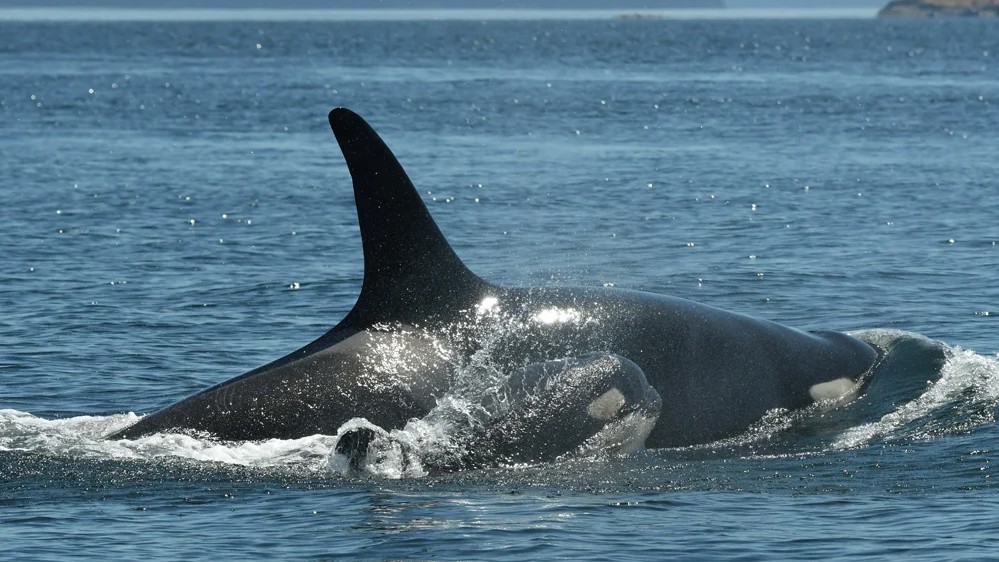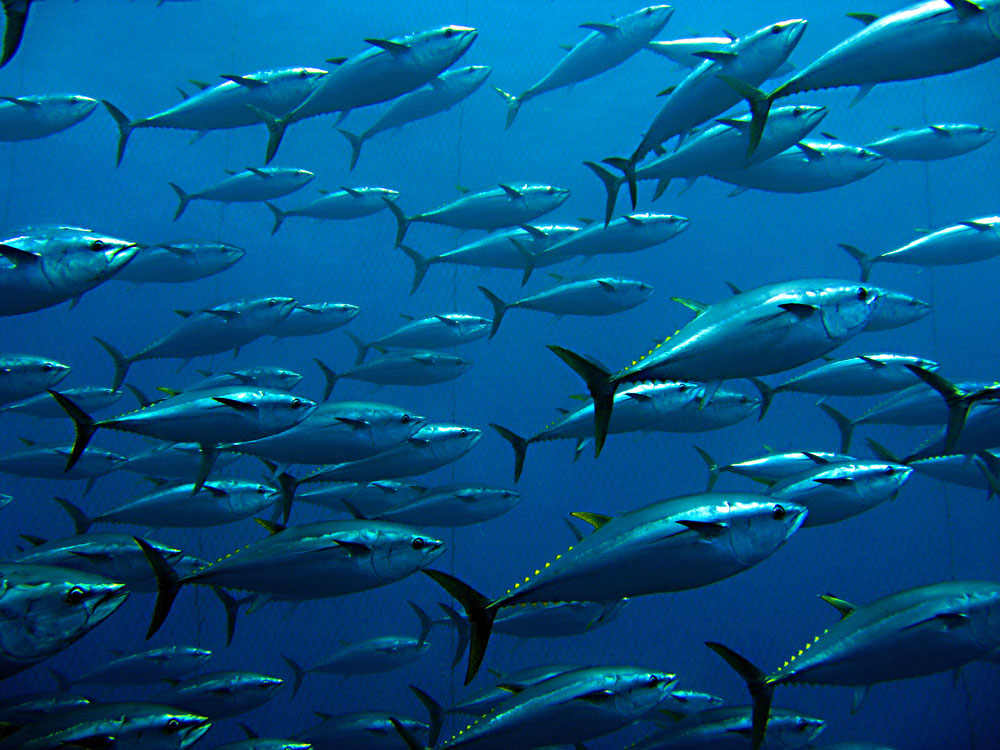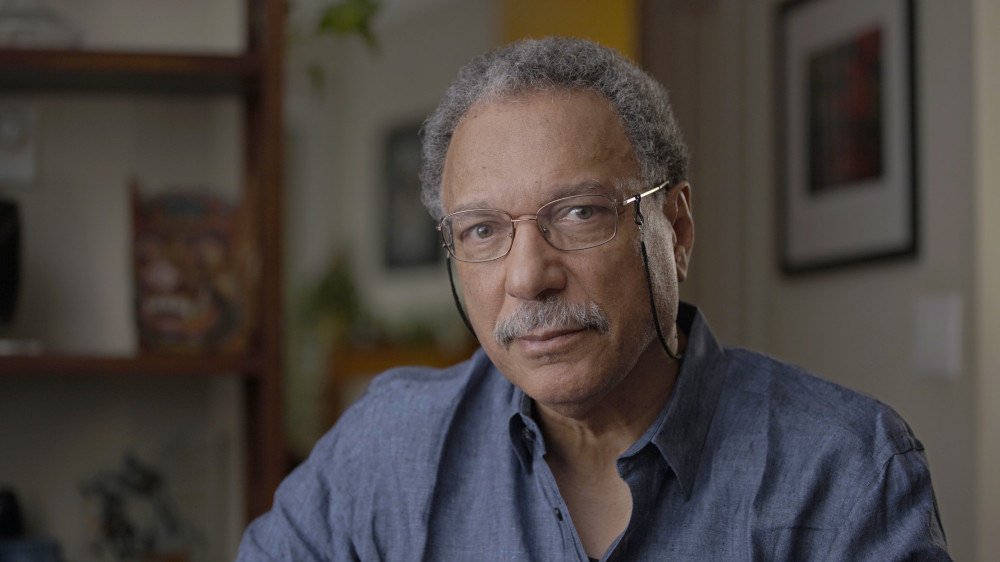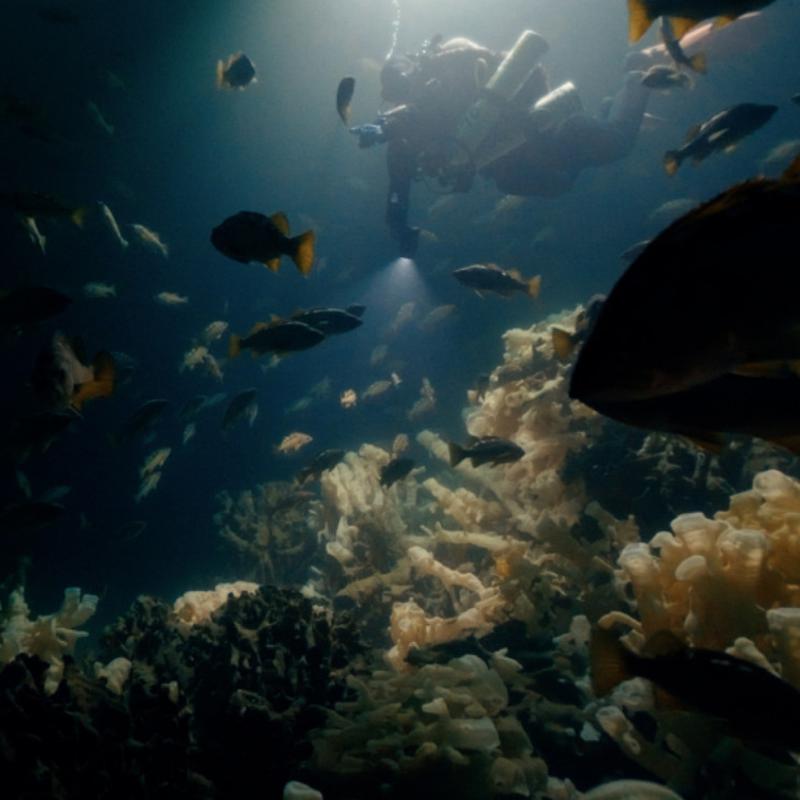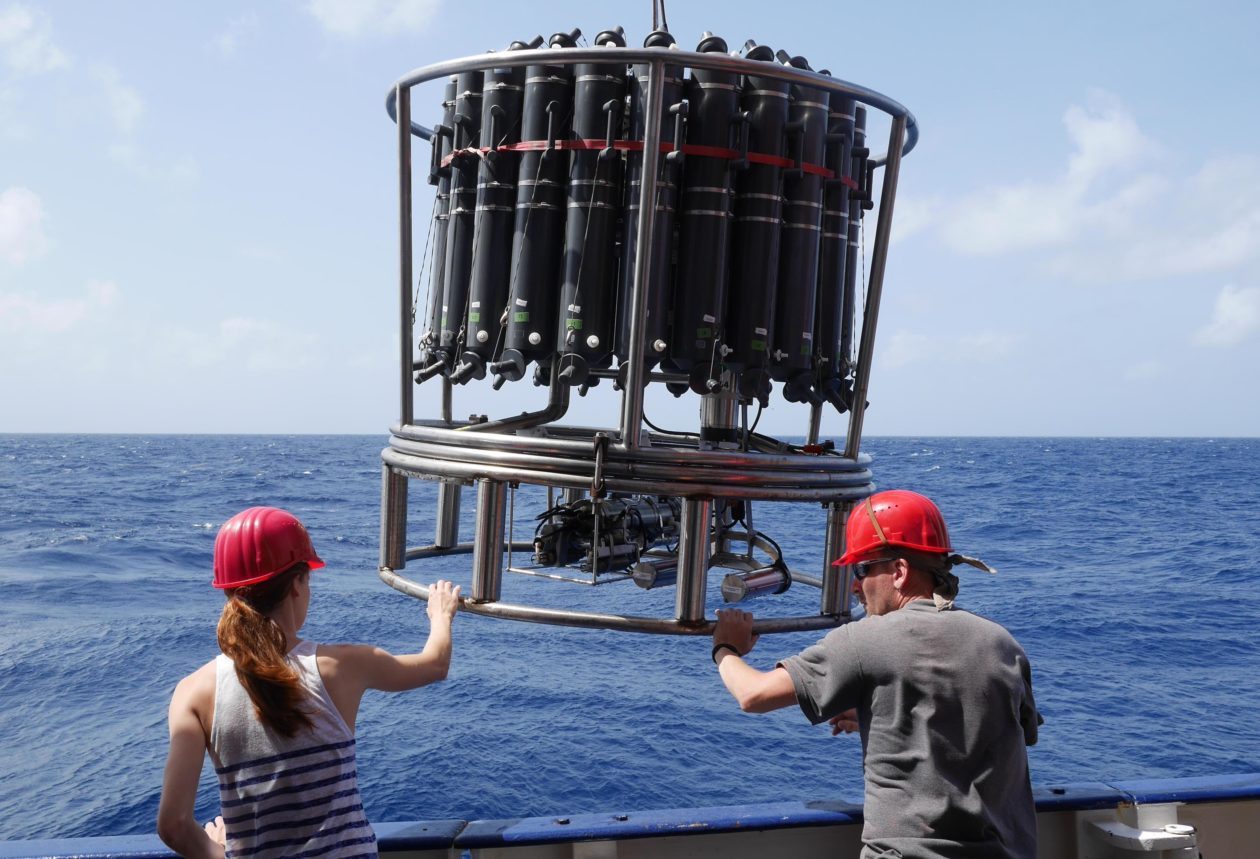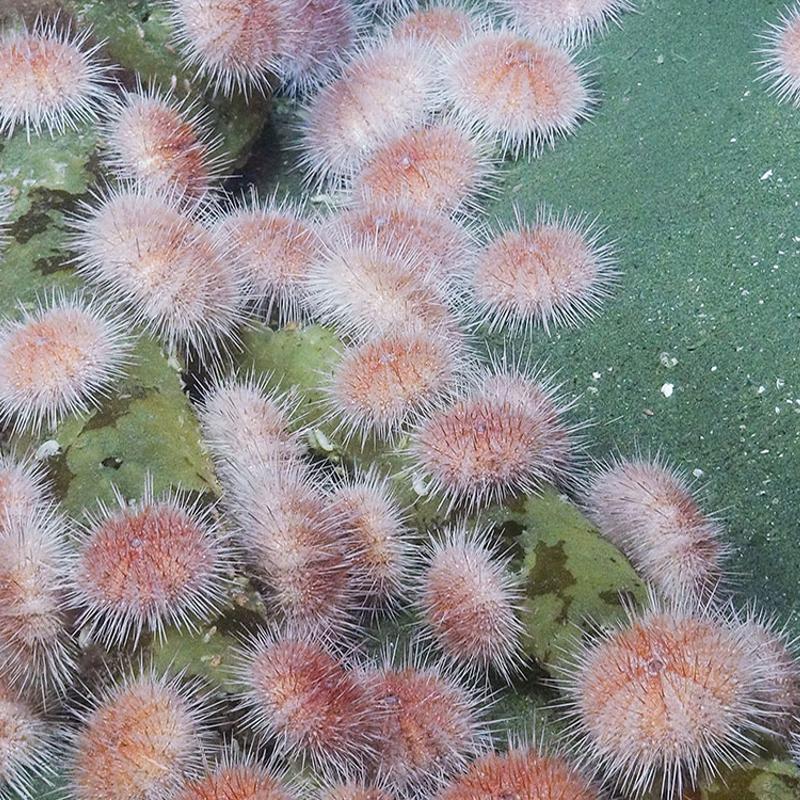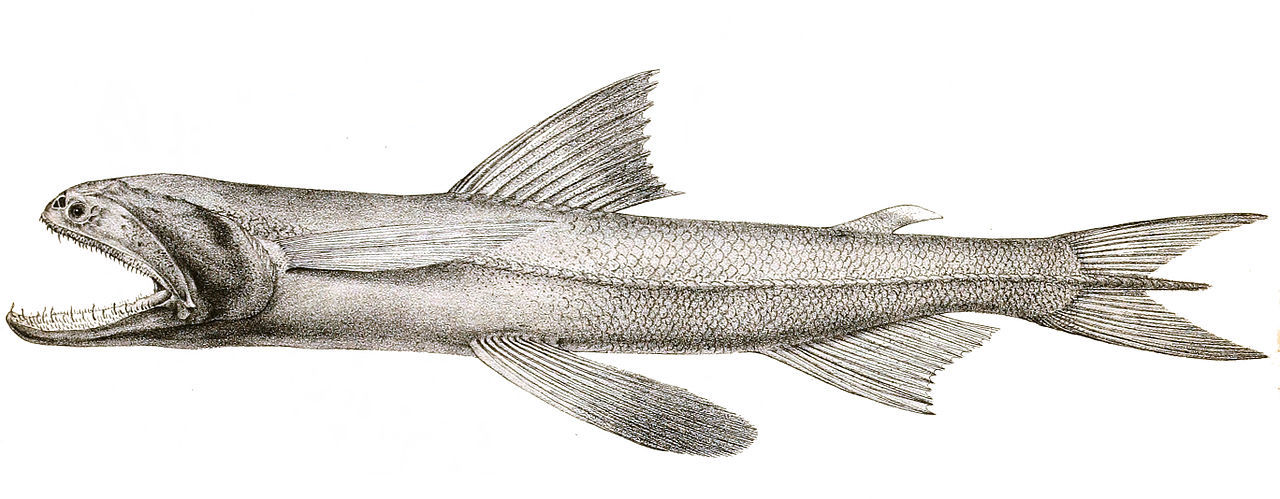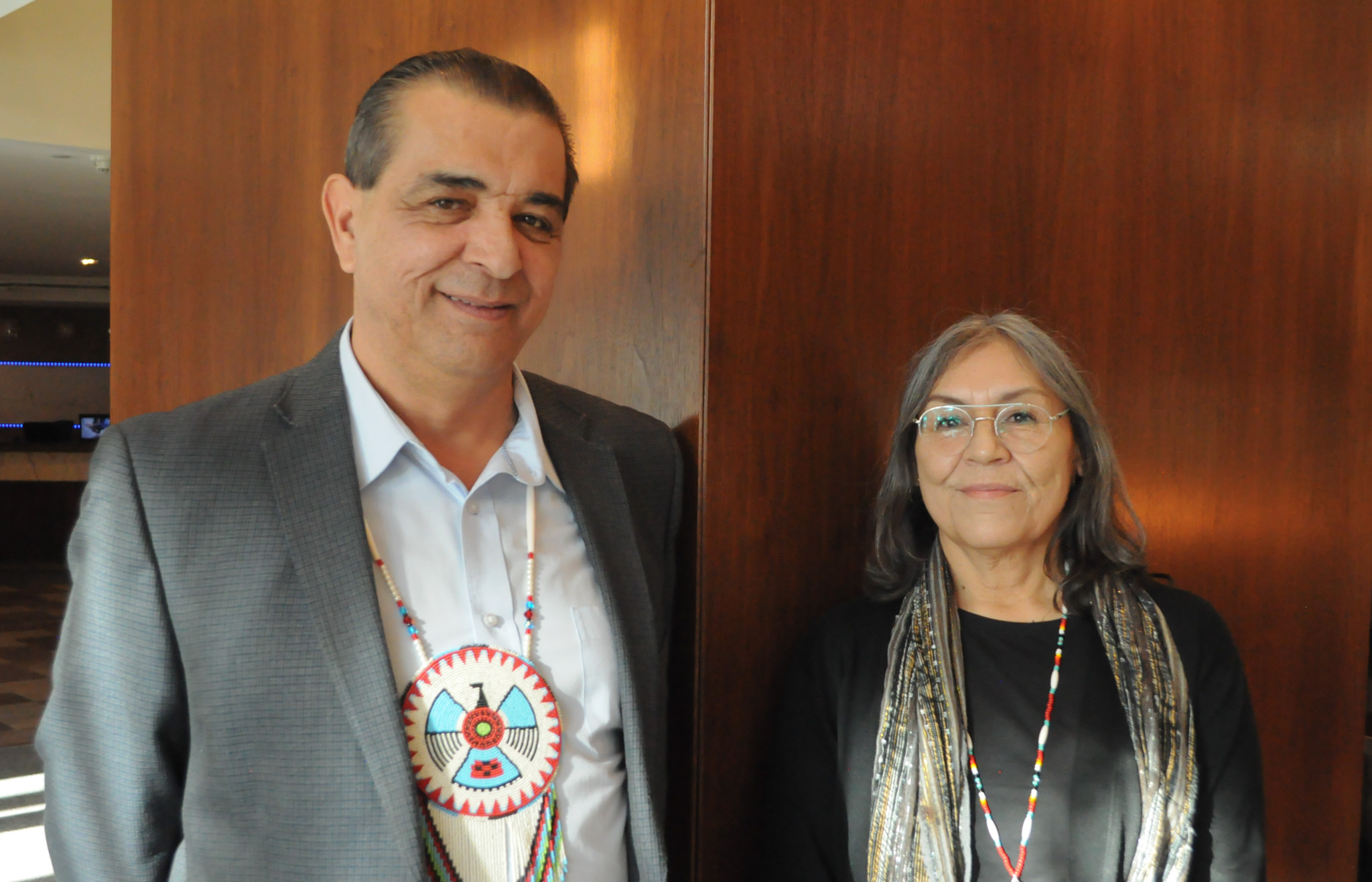Vancouver's waterfront will look like a major United Nations event next week, when thousands of policymakers and energy industry executives from around the world -- including the Middle East, Africa and Asia -- converge on the Vancouver Convention Centre for a global liquefied natural gas conference.
The International Conference and Exhibition on Liquefied Natural Gas (LNG2023) conference, which runs Monday through Thursday, is normally held every three years. It has never been hosted in Canada before.
Vancouver scooped up the event by default after Russia invaded Ukraine last year. This year’s conference was originally scheduled to be held in Saint Petersburg, Russia.
The event is organized by the International Gas Union, the International Institute of Refrigeration and GTI Energy. The Canadian Gas Association is co-hosting the event.
The conference is expected to draw 10,000 to 15,000 attendees, and both the east and west wings of the Vancouver Conference Centre are being used to stage the event, which includes an exhibition of about 100 international companies and four days of information sessions and workshops on a range of topics of interest to the LNG and natural gas industries.
Given that Canada is a new and comparatively small player in the LNG industry, it’s a rare opportunity to showcase B.C.'s unique approach to LNG development, which includes the embracing of electrification of LNG plants and partnerships with First Nations.
“With the conference, we have an opportunity to showcase the tremendous innovations that are making these projects a reality,” Mel Ydreos, executive director for LNG2023, told BIV News.
“Firstly, is the partnerships that have been established with our Indigenous communities who view resource development as a key contributor to economic reconciliation. And it’s this partnership that has pushed the developers to innovate in a way that we will produce the cleanest LNG in the world.”
“This is a great opportunity for B.C. and Canada and Vancouver to be on the world stage,” Jason Klein, CEO of LNG Canada, told BIV News. “I think next week we have the opportunity to show the world what can be done in Canada and what we can do with the innovation. I think it’s a great story about role as an energy provider.”
In a Monday morning session, Klein will be speaking about the LNG Canada project in Kitimat, which is now 85 per cent complete and into its final year of peak construction.
Conspicuously absent from the conference's confirmed attendee list are senior Canadian and British Columbian political leaders. While the ministers of energy for Qatar and Trinidad will be at the conference, it appears their Canadian counterpart – Natural Resources Minister Jonathan Wilkinson – won't be.
“As of this time, we are still in discussions with the federal government regarding representation,” Ydreos said. “Unfortunately there are a couple of domestic and international events that are in conflict with our event.”
Ydreos said that the federal government will be represented by Liberal MPs John Aldag (chairman of the Natural Resources Committee) and Randy Boissonnault, minister of Tourism and associate minister of Finance.
Nor will B.C. Premier David Eby be attending the conference, though his Energy minister, Josie Osborne, will be attending and speaking at the conference. Alberta Premier Danielle Smith will be attending the conference.
Spotlight sessions at this year’s conference will include financing the next round of LNG projects, LNG’s role in Europe’s long-term energy security, dealing with LNG’s methane emissions and LNG’s role in transitioning to hydrogen and ammonia.
Tickets for the conference are US$4,290 ($5,733.)
